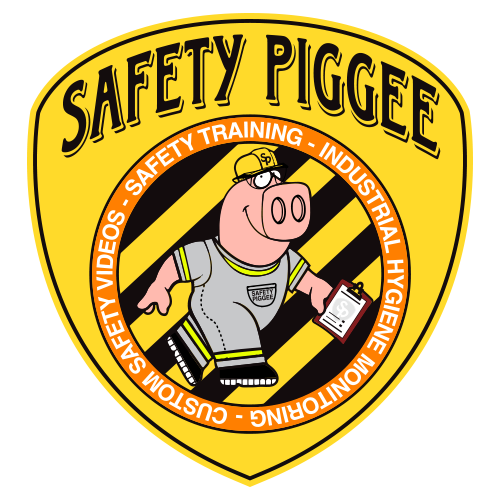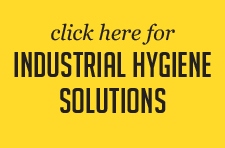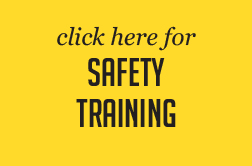
Safety Tip
Effective Activity Hazard Analysis
In performing an AHA, break the job down into its component activities and then examine each activity to identify hazards that exist or might occur. For example, while performing a particular activity, could a worker:
Make movements that could cause injuries, such as back strain from lifting? Fall from one level to another or trip over objects in the work area?
Get a hand or an arm caught in moving machine parts?
Be exposed to equipment hazards such as electrical shock or burns?
Be exposed to environmental hazards such as chemical vapors, excessive noise, extreme heat or harmful dust?
Make awkward or dangerous movements because of the way the work area or work flow is organized?
Be struck by an object?
The point is to come up with a specific list of hazards associated with each job task. Then evaluate each hazard. For example, how serious is it? Could an employee be injured? Is this a health or safety hazard? Or both? Is the risk always present, or is it an intermittent problem? Does the PPE used protect from the hazard? Does training emphasize the hazard and create a sufficient level of awareness? Are the safety measures that are in place sufficient to deal with this hazard?
Ways to reduce or eliminate hazards:
Perform the job differently.
Reorganize the work area to minimize awkward positions and reaches. Substitute less hazardous materials.
Change from manual to mechanical techniques.
Add, improve or change training.
Change tools or equipment.
Change or add PPE.
Perform certain tasks less often.
*These same techniques can be used when conducting work around the home.

Get Safe Today
Phone: (832)786-1433 |
Email: rpiggee@safetypiggee.com
© 2018 Safety Piggee LLC. All rights reserved.




